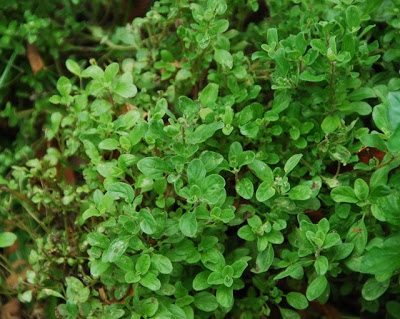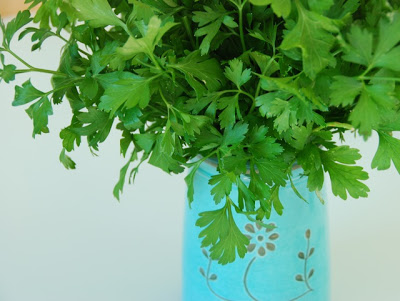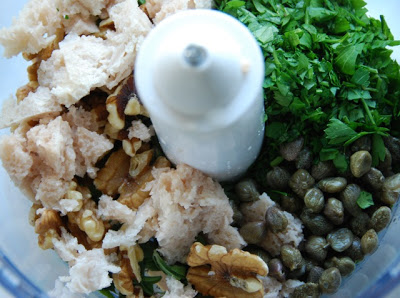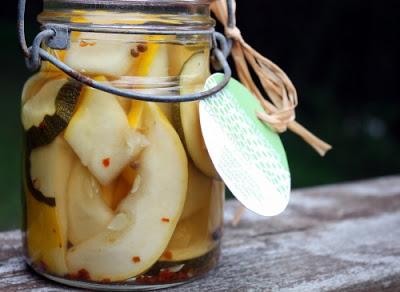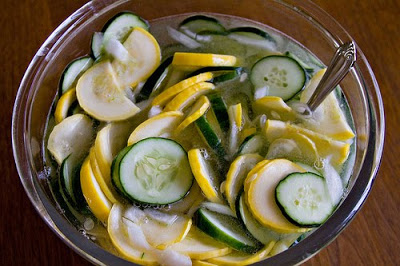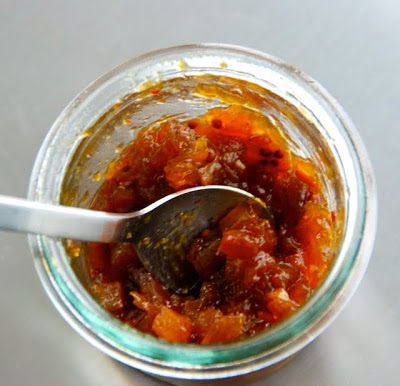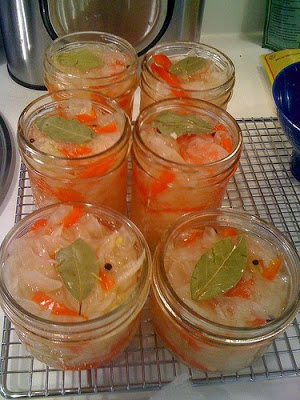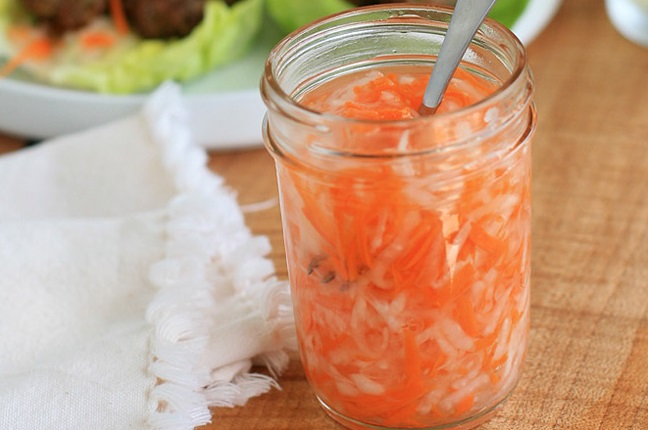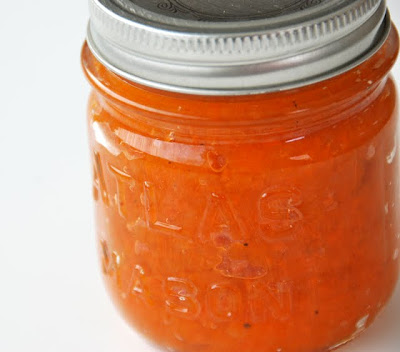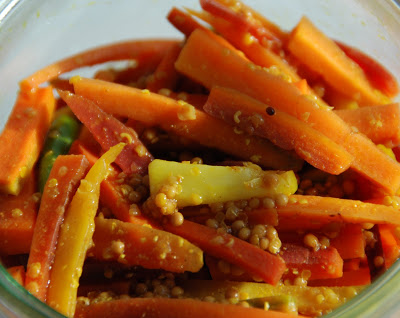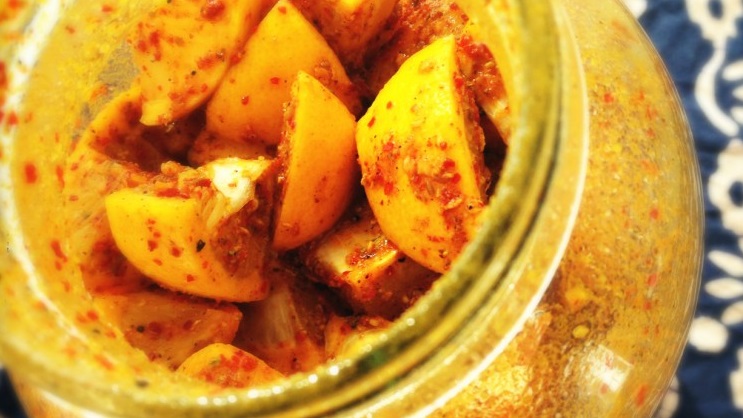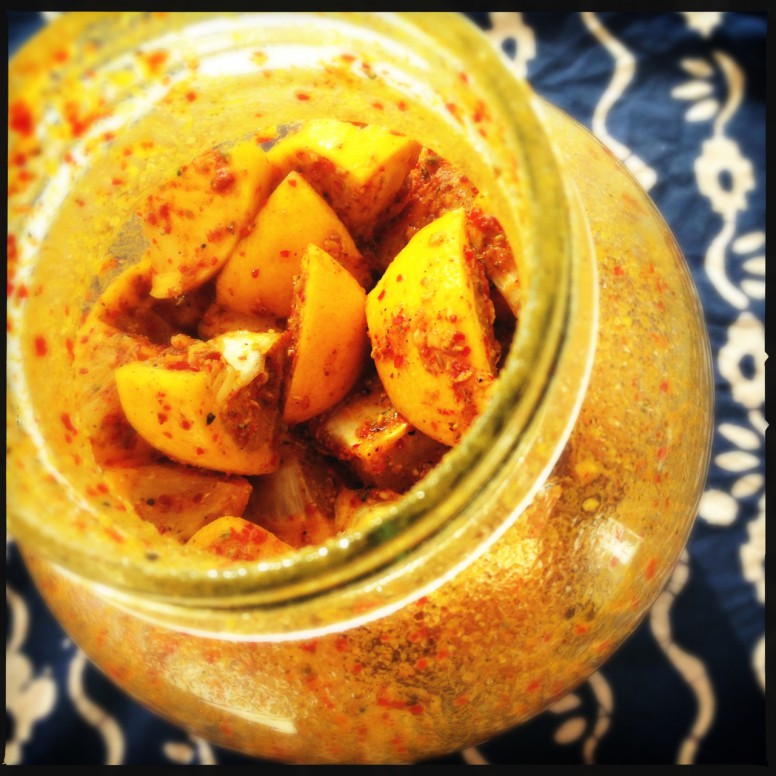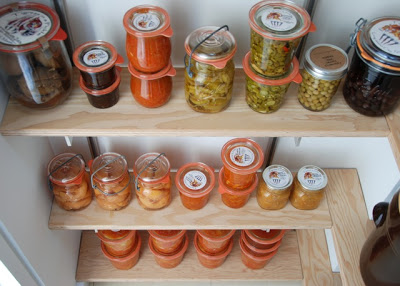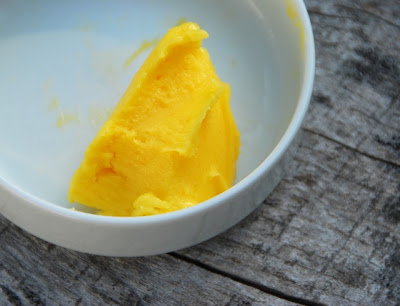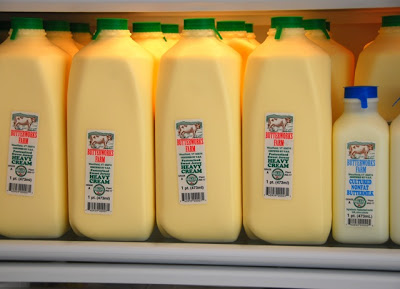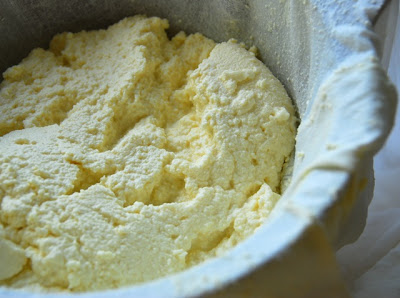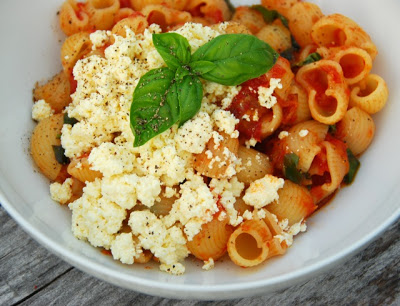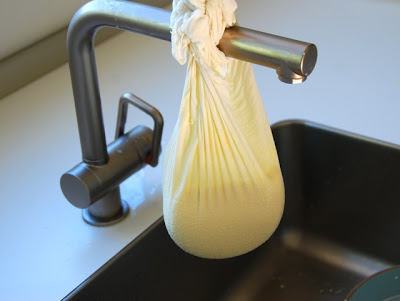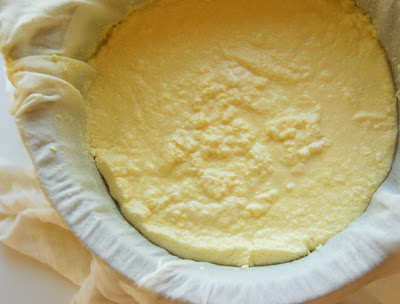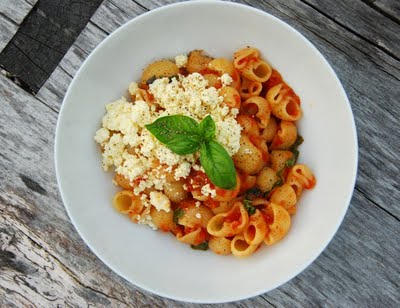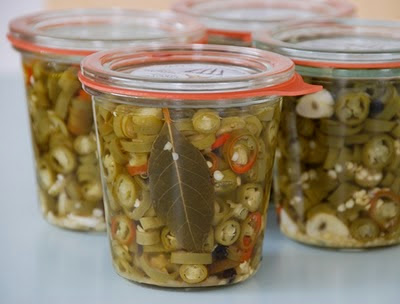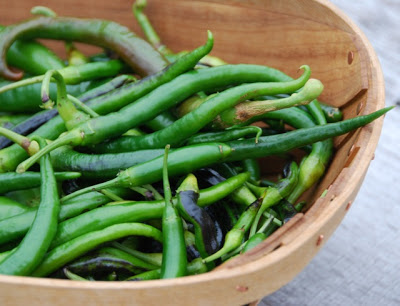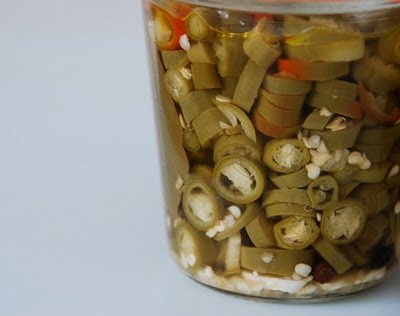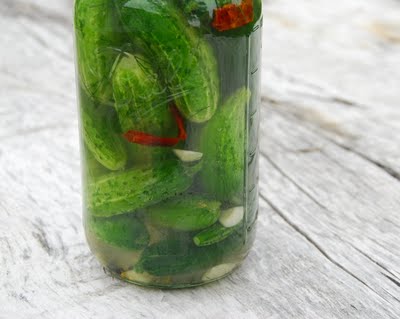 It’s been one of those summers. One of those that happens more and more frequently. Fall is falling before summer even sums.
It’s been one of those summers. One of those that happens more and more frequently. Fall is falling before summer even sums.
If you know what I mean. Lest you think that I have endless amounts of summertime to frolic in my garden and a myriad of long n’ lazy sunny mornings lounging amongst my preserving pots (in my pjs). and hours upon hours to hone my blogging skillz. I don’t. Or at least I didn’t, and I haven’t yet.
If it wasn’t for the sheer belief I have in eating what I grow or what my neighboring farmers grow, and the necessity of preserving the northeast growing season to do just that year round, I might have quit the whole shebang this summer. Yup, rolled up the blog/s and called it a season. But I didn’t, I can’t and I won’t.
‘Cause I believe in it way too much to let a little work get in my way.
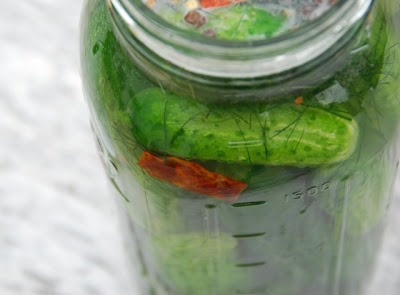 As stressful as life can be sometimes, as fast as it can go; when I can barely get food from garden to table, never mind into jars saved for later. When every daylight hour plus is spent hunched over keyboard, nary a word typed in a jam or a pickle, I still can’t forget the fact that it’s important to slow down, take note of the seasons. Get my paws in the dirt. Even if I can’t do it all, I can do it some.
As stressful as life can be sometimes, as fast as it can go; when I can barely get food from garden to table, never mind into jars saved for later. When every daylight hour plus is spent hunched over keyboard, nary a word typed in a jam or a pickle, I still can’t forget the fact that it’s important to slow down, take note of the seasons. Get my paws in the dirt. Even if I can’t do it all, I can do it some.
These cool cukes are a quick & easy way to get these stress-inducing little growing machines (jeesh, if only I could be as cool as a cucumber!) saved for later. I love fermented pickles, but growing your own rarely produces a bushel full of similar sized cukes at one time. With this method, you can do batches of a 1/2 gallon, quart, or even a single pint at a time – I often do pints of little cornichon sized cukes.
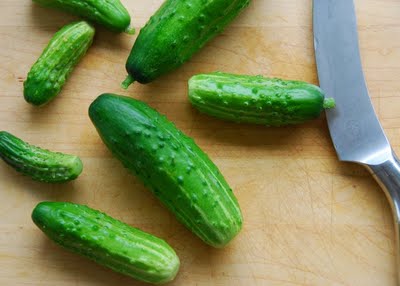 Cool Cukes
Cool Cukes
fresh 2-4 inch long organic cucumbers, blossom ends sliced off, enough to fill a quart jar
1 large clove garlic, peeled & coarsely chopped
1/2 teaspoon allspice berries, lightly crushed*
1/4 teaspoon whole black peppercorns*
1 large dried red chili, broken into bits*
1 tablespoon coarsely chopped fennel fronds (or dill)*
1 & 1/2 tablespoons sea salt (not super fine)
1 quart jar with a tight fitting lid
yield: 1 quart
Directions:
1. Place salt, herbs, spices and garlic in a sparkling clean jar.
2. Fill jar with cukes. Pack them in, but not so tightly that they can’t move at all.
3. Fill jar with cold spring or filtered water (chlorine can hinder the fermenting process, be careful of city tap water). Cap the jar tightly and shake it vigorously. Shake it until all the salt has dissolved.
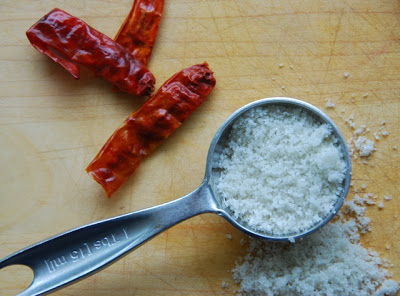 4. Put in the fridge. Your cool cukes will be fermented pickles in approximately 3 weeks.
4. Put in the fridge. Your cool cukes will be fermented pickles in approximately 3 weeks.
That’s it! You don’t need to worry about keeping the cukes submerged – or any of that time consuming stuff. Just stick them in the back of the fridge and soon you will have the most delicious fermented pickles with the perfect pickly crunch. It’s true!
Scale up or down depending on what you harvest or bring home from the farmers market. Be sure to adjust the salt accordingly depending on the jar size used.
I make a jar approximately every four days when my garden is producing cucumbers. It takes about 10 minutes – and when preserving is hard to do, at least I can do this.
